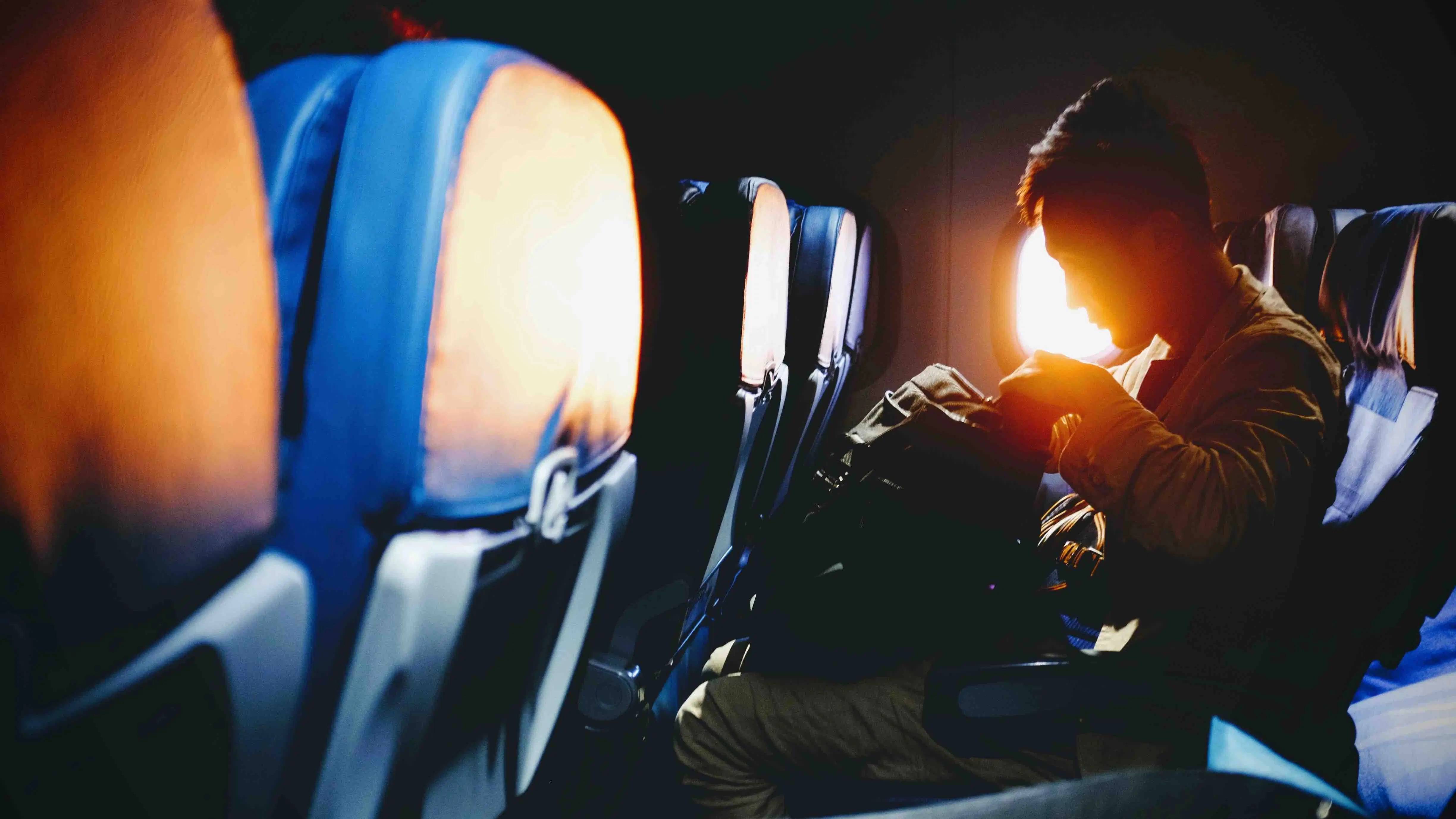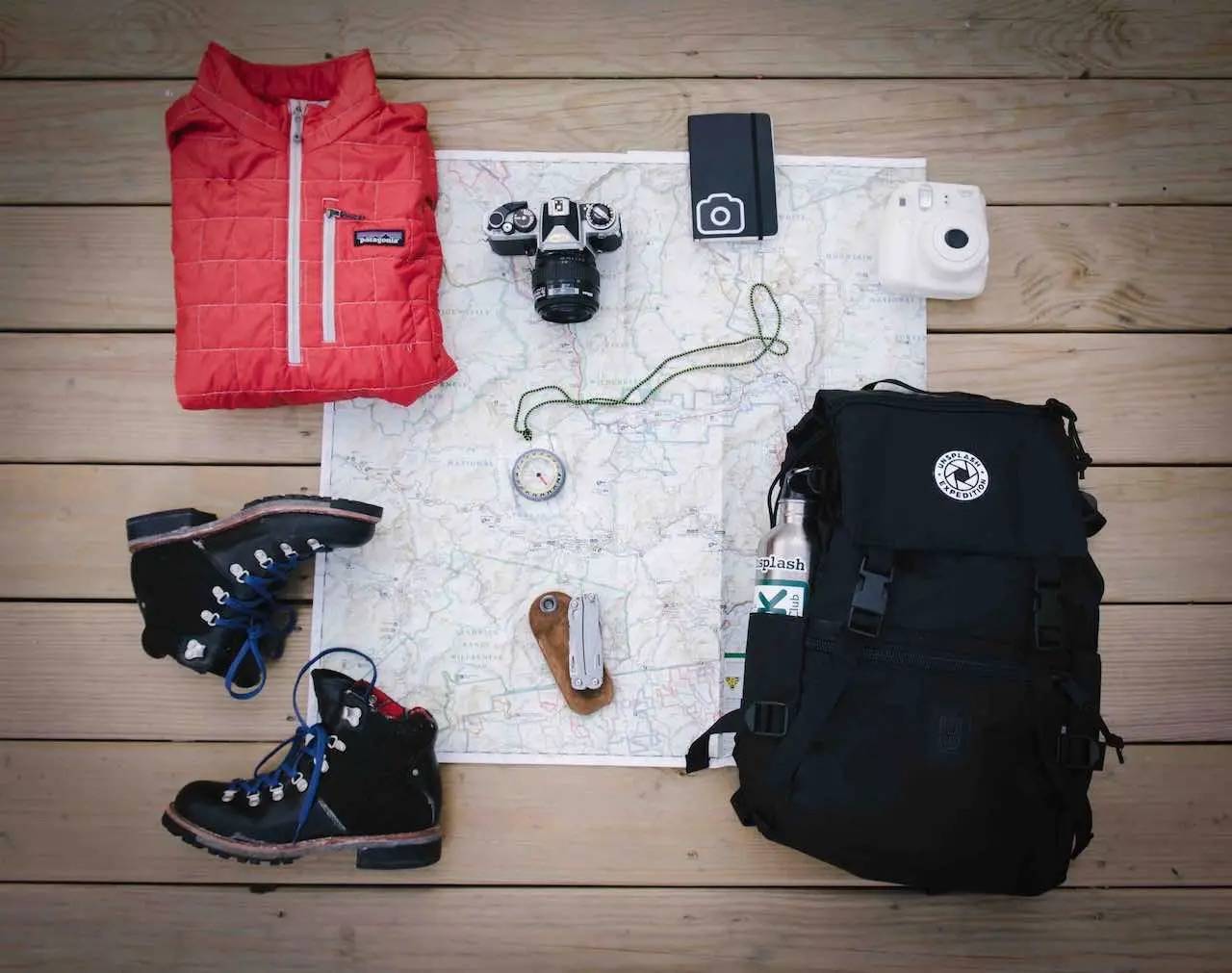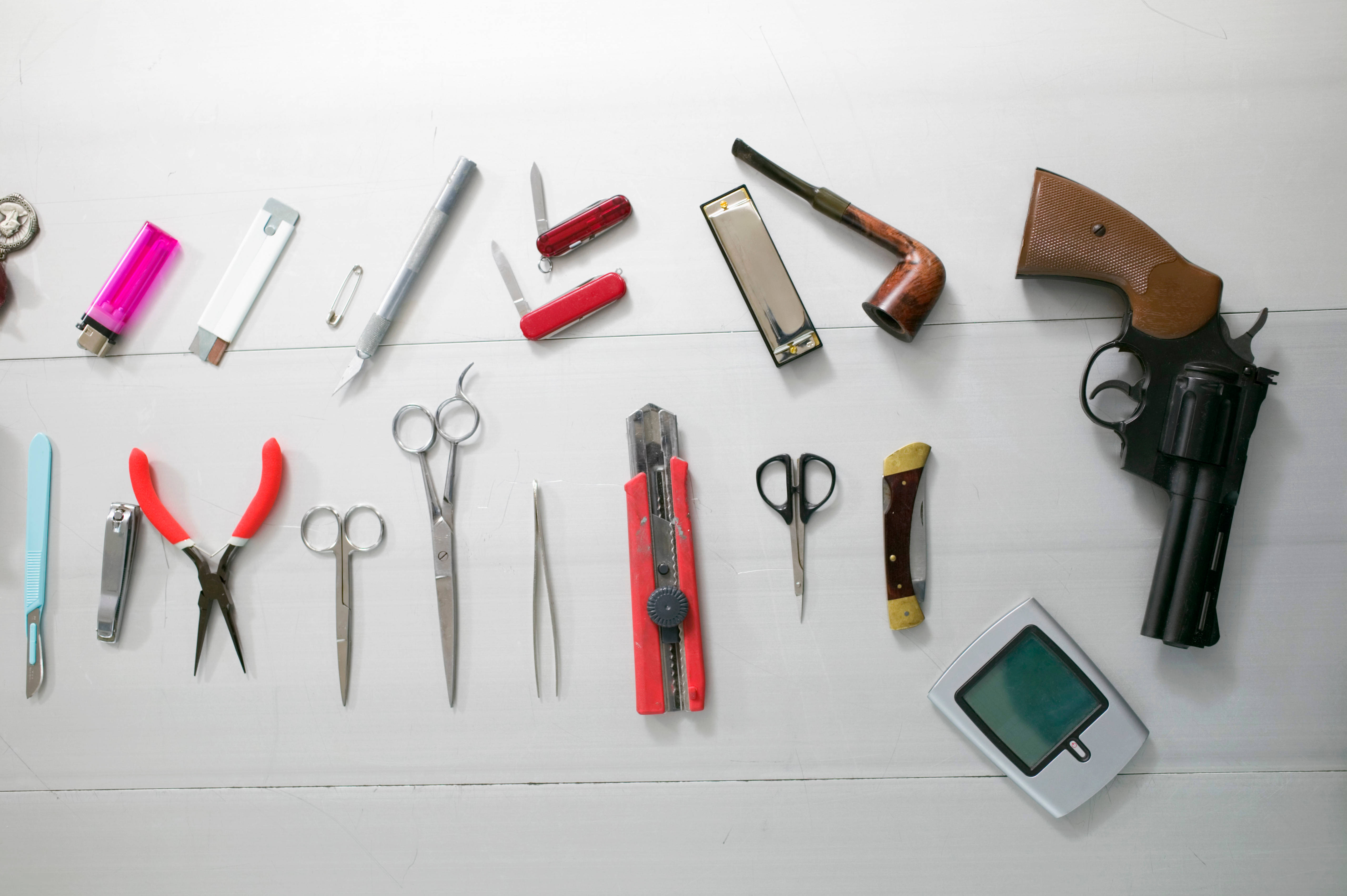What is and Isn't Allowed on Flights
Key Topics:
- Liquid Limitations
- Carry-on Baggage Limits
- Carry-on Luggage Dimensions
- Accessibility & Sports Items
- Musical Instruments
- Traveling with Infants
- Duty-free Items
- Items Prohibited Onboard
- FAQ: What is and Isn't Allowed on Flights
Packing luggage for a holiday can be stressful—I’ve been there many times, trying to figure out what I can and can’t bring on board. There are so many things to consider while planning a flight. Even if an item is permitted, I’ve found that sometimes you’ll still have to go through additional screening. And trust me, when an item triggers an alarm, the line gets long, whether you’re at a small airport like Fort Lauderdale's FLL or a major hub like Orlando MCO or PHL airport.
The Transportation Security Administration controls what you can take in your carry-on luggage. But don’t worry—you can still bring most of the things you pack as long as you follow certain rules.
Liquid Limitations
If you’re like me and enjoy having all your favorite toiletries on hand, you’ll need to be aware of the liquid limitations. You can carry liquids onboard, but they must be in containers of 3.4 ounces (100 ml) or less. I always make sure my bottles are TSA-compliant and packed in a clear, zip-top bag. It’s something I’ve learned to do religiously to avoid any hassle at security. Keep in mind that alcoholic beverages with more than 24% and less than 70% alcohol are limited in checked bags to 5 liters per passenger, and they must be in unopened retail packaging. It’s little details like this that can save you from a surprise at the airport.
I’ve found that gels, lotions, shampoos, lipsticks, and toothpaste are all allowed too, but the same 100 ml rule applies. One time, I made the mistake of trying to take a half-full 200 ml bottle of shampoo, thinking it would be okay—security quickly corrected that assumption. I also learned that medications, breast milk, and baby formula exceeding three ounces are allowed, but you’ll need to declare them at the checkpoint.
VIDEO:One of the most frustrating experiences when traveling by plane is discovering that your carry-on luggage is too big or too heavy, forcing you to check it in and pay unexpected fees. I recently faced this dilemma, but thankfully, I stumbled upon this incredibly helpful video. It covers everything you need to know about size and weight limits for carry-on luggage, the fees for last-minute checks, and tips to avoid penalties. Watching this video saved me from a lot of hassle and extra costs on my last trip, and I highly recommend it to ensure your travel goes smoothly. Check it out below!
Carry-on Baggage Limits
For carry-on baggage, I’ve always tried to pack light, especially since airlines typically allow just one carry-on bag that fits in the overhead compartment. I’ve seen too many travelers struggle with oversized bags that don’t fit, which can cause delays and frustration. Along with your carry-on, most airlines let you bring one personal item, like a briefcase, laptop bag, or small backpack. I usually opt for a compact backpack that fits under the seat—it’s perfect for keeping essentials close by during the flight.
Carry-on Luggage Dimensions
One thing I’ve learned is that the size of your carry-on really depends on the airline. There’s no universal standard, so it’s important to check the dimensions allowed by your carrier. Generally, the limit is 9 inches x 14 inches x 22 inches, but I always double-check to avoid any surprises at the gate.
Accessibility & Sports Items
As someone who occasionally travels with sports equipment (usually skis), I appreciate that you can bring items like small bats, pool cues, hockey sticks, and even two golf clubs in the cabin. However, I’ve noticed that flight attendants might require you to gate-check these items if there’s not enough space. You DON'T WANT THAT TO HAPPEN, as it means you're either going to have to wait for your item at the jetway after you arrive, or have to pick it up at baggage claim. Accessibility items like canes, walkers, and crutches are allowed too, though I’ve seen others that board with a wheelchair running into issues that depended on the space available in the cabin storage areas.
Musical Instruments
I’ve also had the experience of traveling with friend who brought a guitar, and let me tell you, it’s crucial to have it in a sturdy, protective case. I’ve seen travelers with soft cases struggle to fit their instruments in the overhead bin, so I always opt for a more robust case. Remember, musical instruments count as part of your carry-on allowance, so you’ll need to pack accordingly.
Traveling with Infants
When traveling with my little ones (they're not so little anymore!), I’ve always made sure to bring enough baby food, milk, and sterilized water for the journey. A collapsible stroller and an approved car seat are must-haves for a comfortable trip. From my experience, having these items on hand makes the journey much smoother. Check out the category page for all things related to flying with children here.
Duty-free Items
Duty-free shopping is a treat (especially the wine in Italy!), but I’ve learned to be mindful of how these items are handled at security. You’ll need to keep them in a sealed bag with the invoice visible for security checks. It’s a small detail, but it can make a big difference when trying to get through security quickly. AND NOTE: if you're returning from abroad to the US after getting alcohol at the duty-free shop, be aware that if you are connecting to a domestic flight, they won't accept your duty-free items. I lost over $100 once when flying back from Portugal, having to 'gift' my nice wines to the TSA agent after re-entering domestic security for the final leg of my flight home.
Items Prohibited Onboard
- Sharp objects like razors, box cutters, and any similar items.
- Firearms, including replicas, and ammunition.
- Tools over seven inches long, like screwdrivers or wrenches.
- Self-defense items like brass knuckles and stun guns, except for pepper spray, which must not be accidentally discharged.
- Flammable items like aerosol cans, lighter fluids, and harmful chemicals like chlorine and tear gas.
One time, I accidentally packed a pair of scissors in my carry-on—they were promptly confiscated at the checkpoint. Since then, I’ve been extra careful to avoid packing prohibited items.
FAQ: What is and Isn't Allowed on Flights
Find more help here for your journey through the airport




